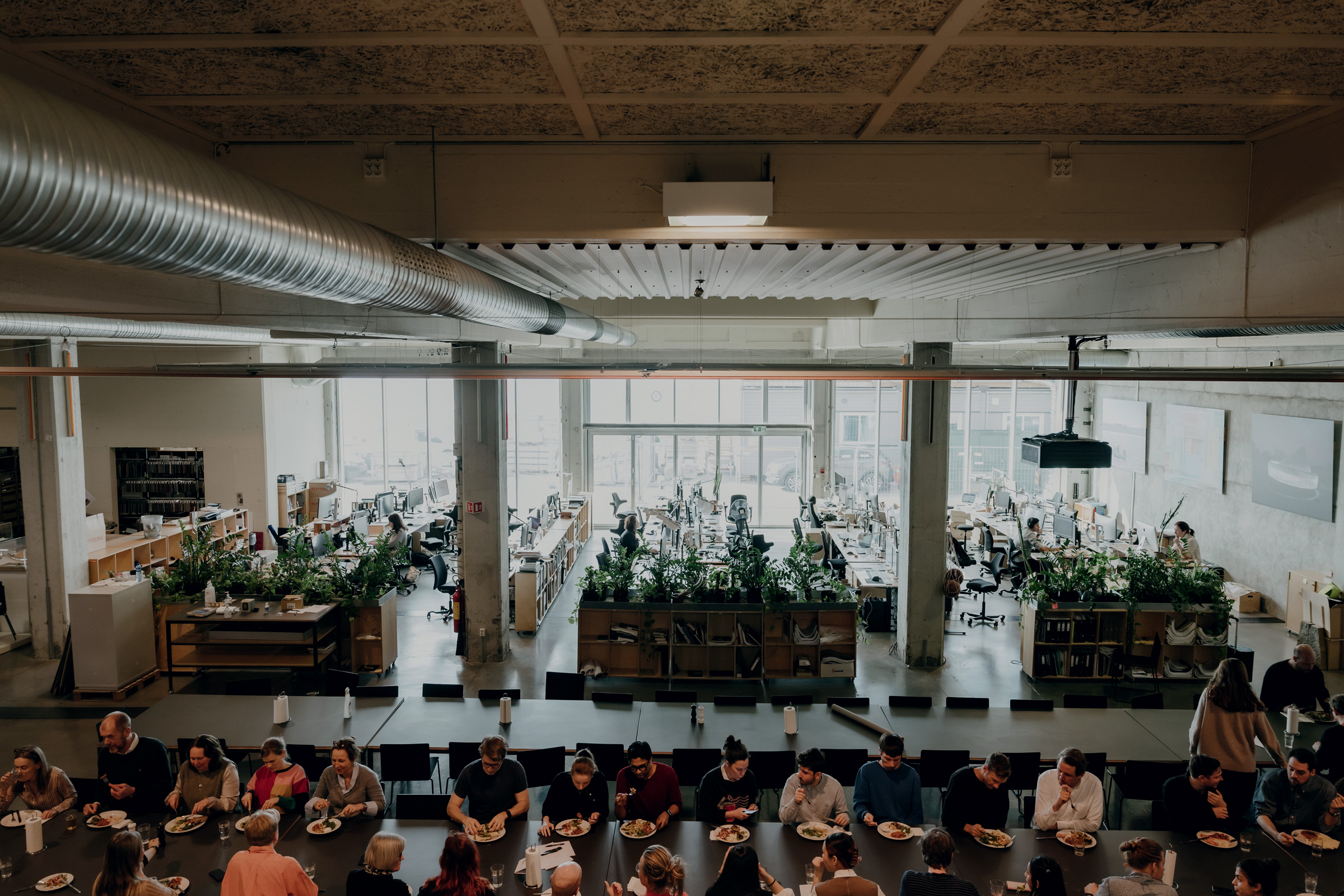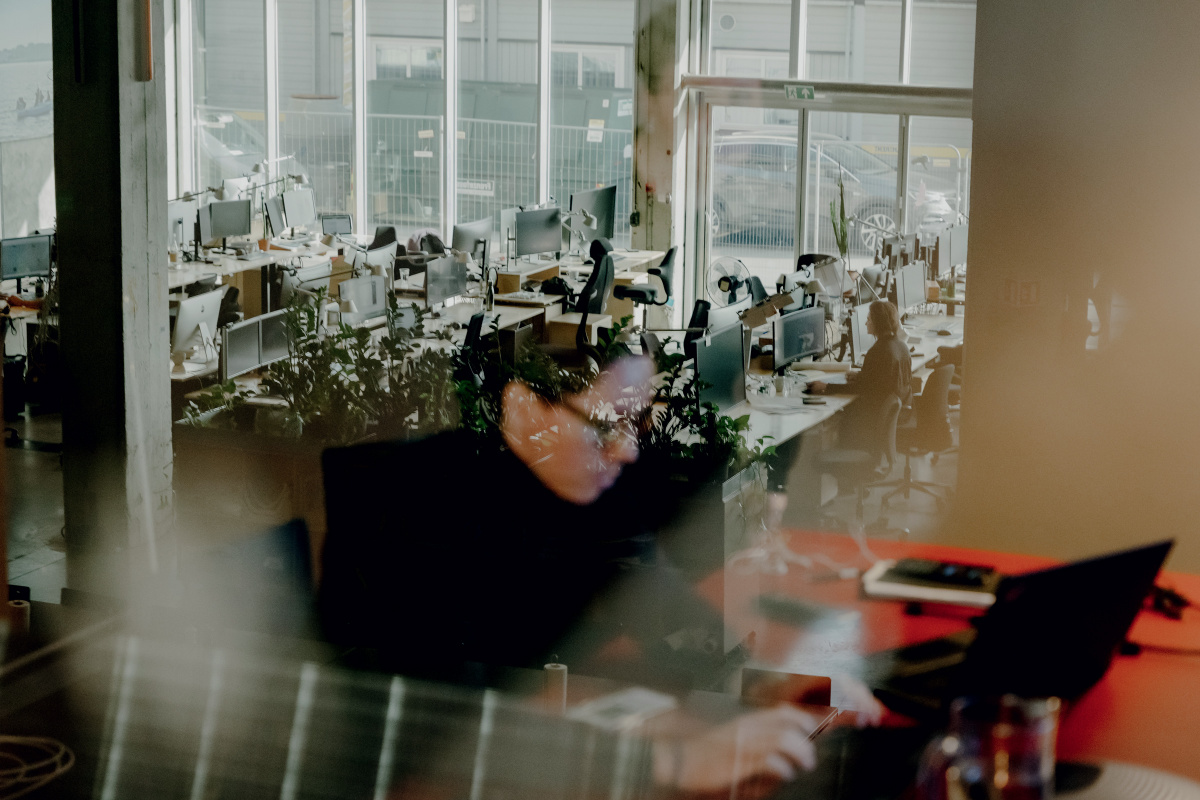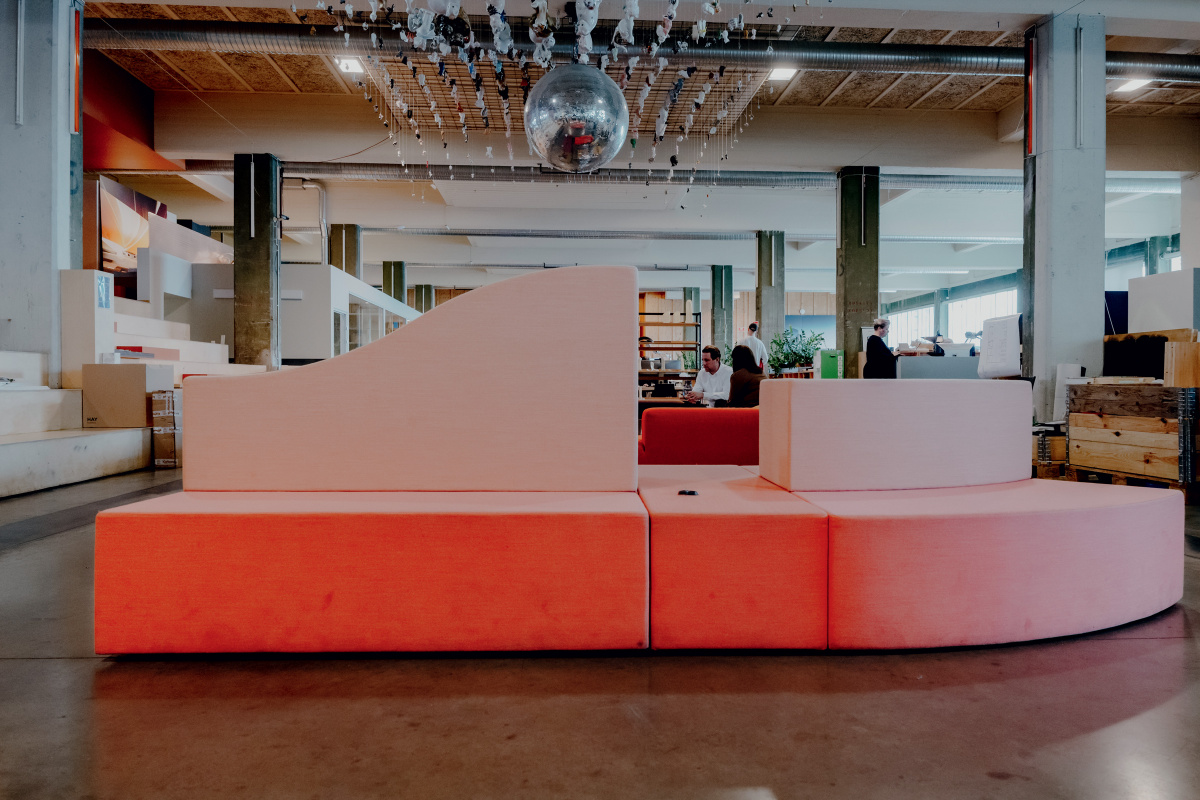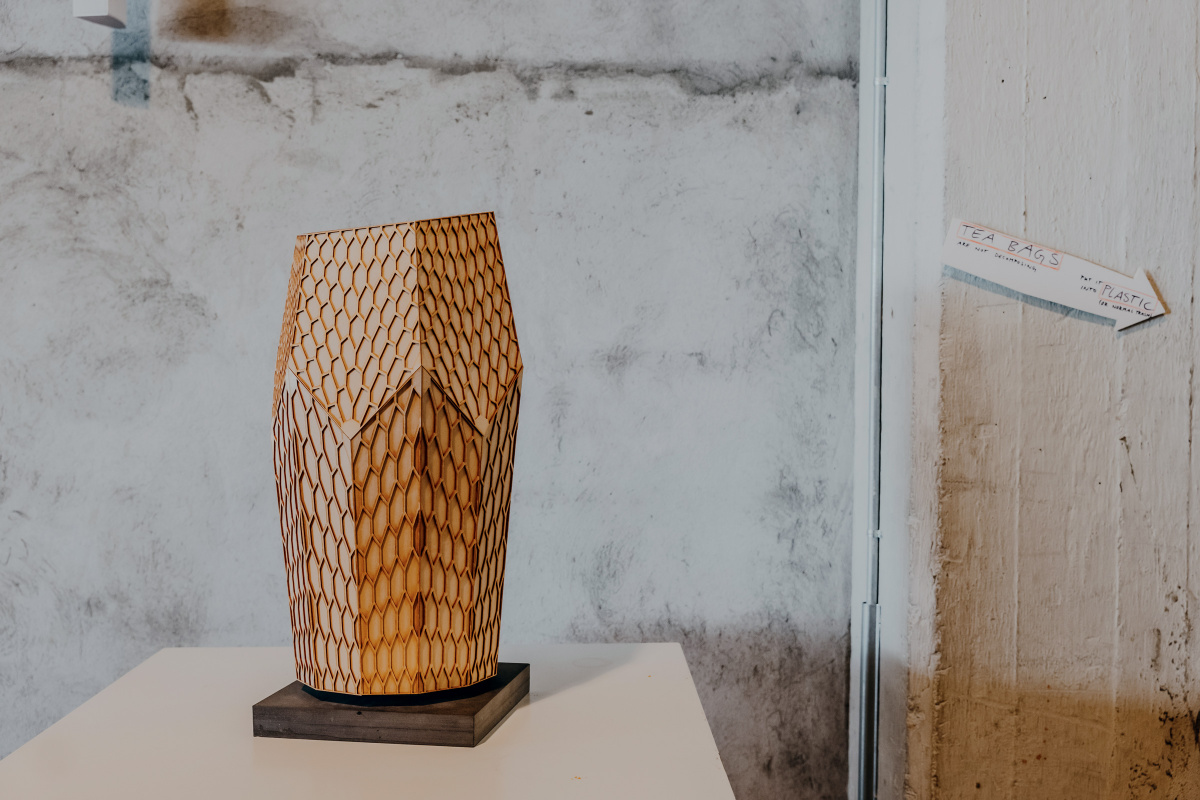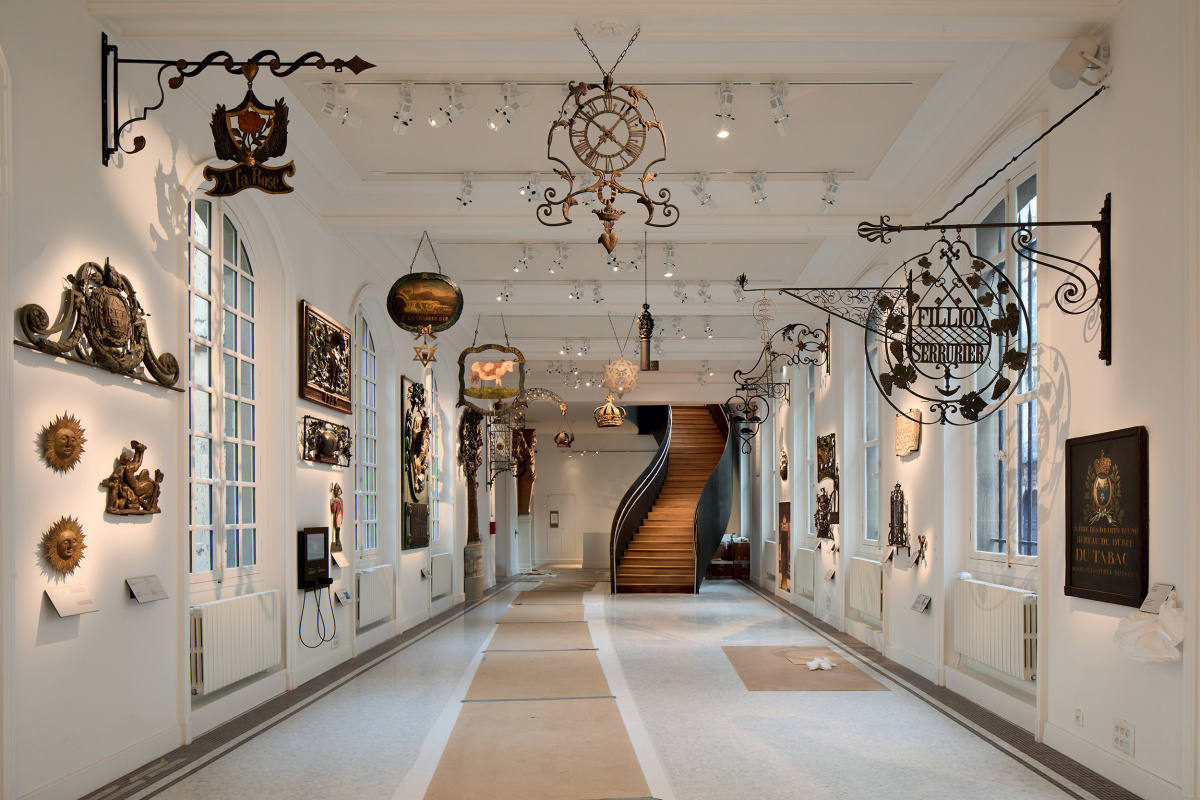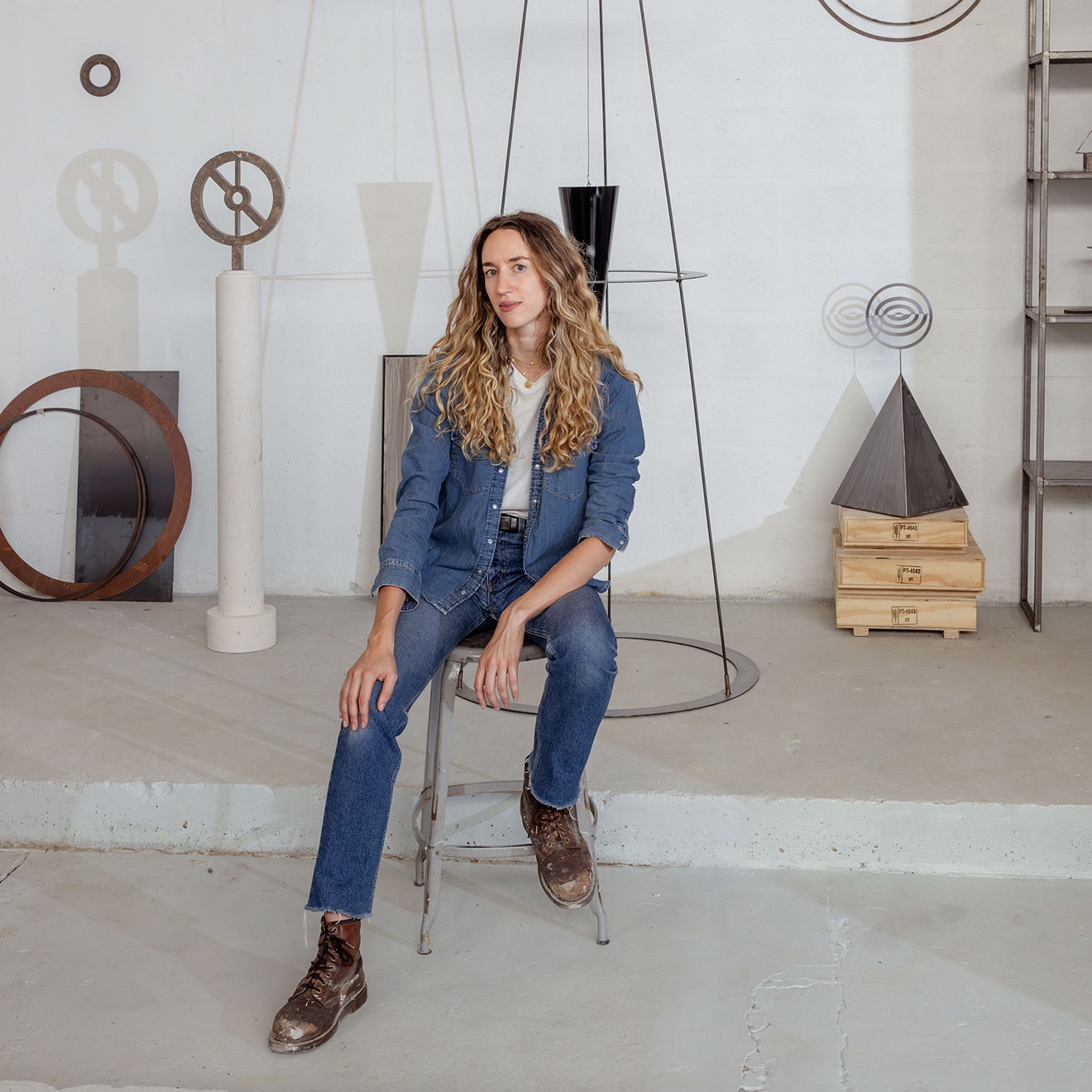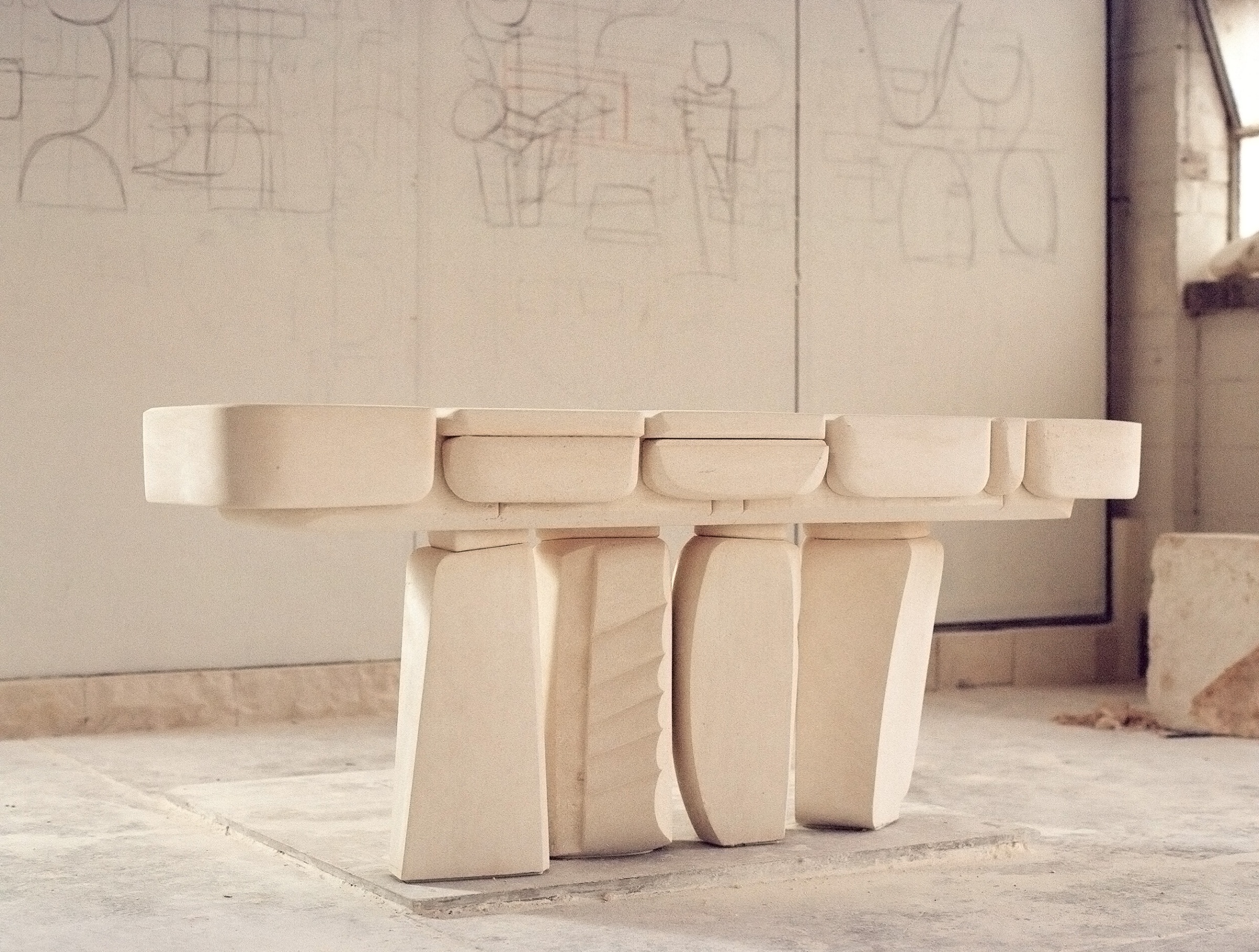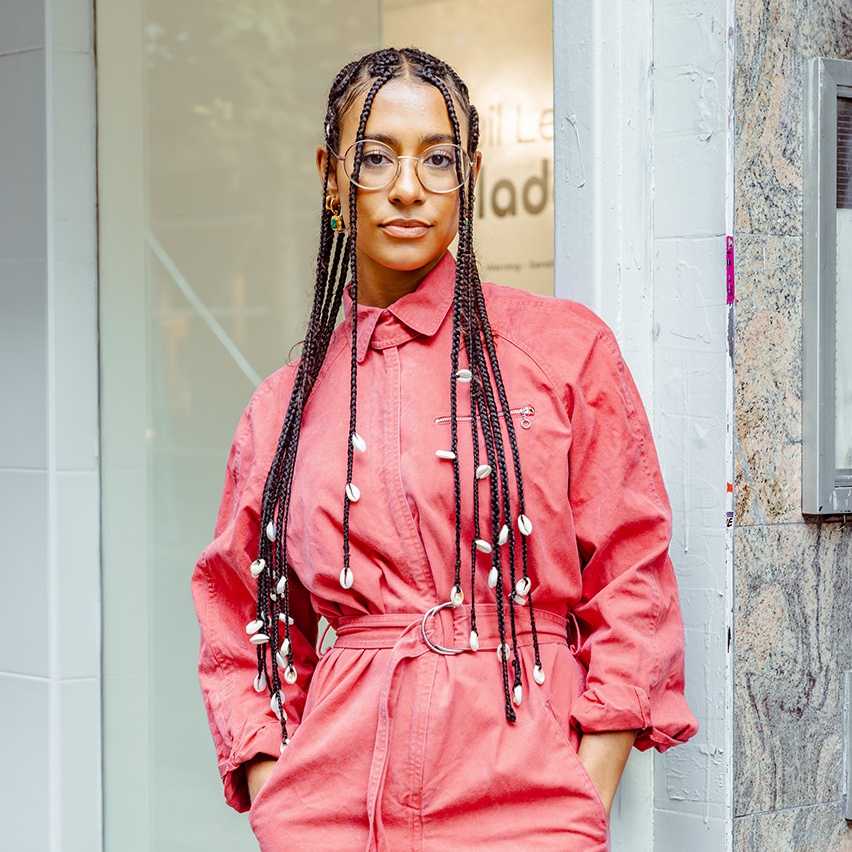Walking down to the Oslo fjord from the city center, I scour the warehouse-type buildings for “Skur 39” and finally see it—a large beige building set against a blue sky, nearly unmarked on its street-facing side. Walking around to the back, I see rows of bicycles (people seem to bike in Oslo year-round) in front of a colorful Snøhetta mural and a guy casually trying out skateboarding tricks. The air smells like the sea, and seagulls fly overhead. I’m greeted by Morten, who’s dressed in a black turtleneck, black pants, and stylish round glasses. He’s a recent addition to Snøhetta—the international design firm that’s brought us everything from Europe’s first underwater restaurant to the National September 11 Museum to an expansion of the Svalbard Global Seed Vault. He’s excited to show me around and to introduce me to cofounder Kjetil Trædal Thorsen.
Kjetil cofounded Snøhetta in 1987 and today oversees offices in Oslo, Paris, Innsbruck, New York, Hong Kong, Adelaide, and San Francisco. The firm has grown to nearly 300 employees of more than 30 nationalities—and while he insists the offices operate just fine without him, he likes to get his hands into as many projects as he can. “I like a high level of activity. I like when things are happening,” he says.
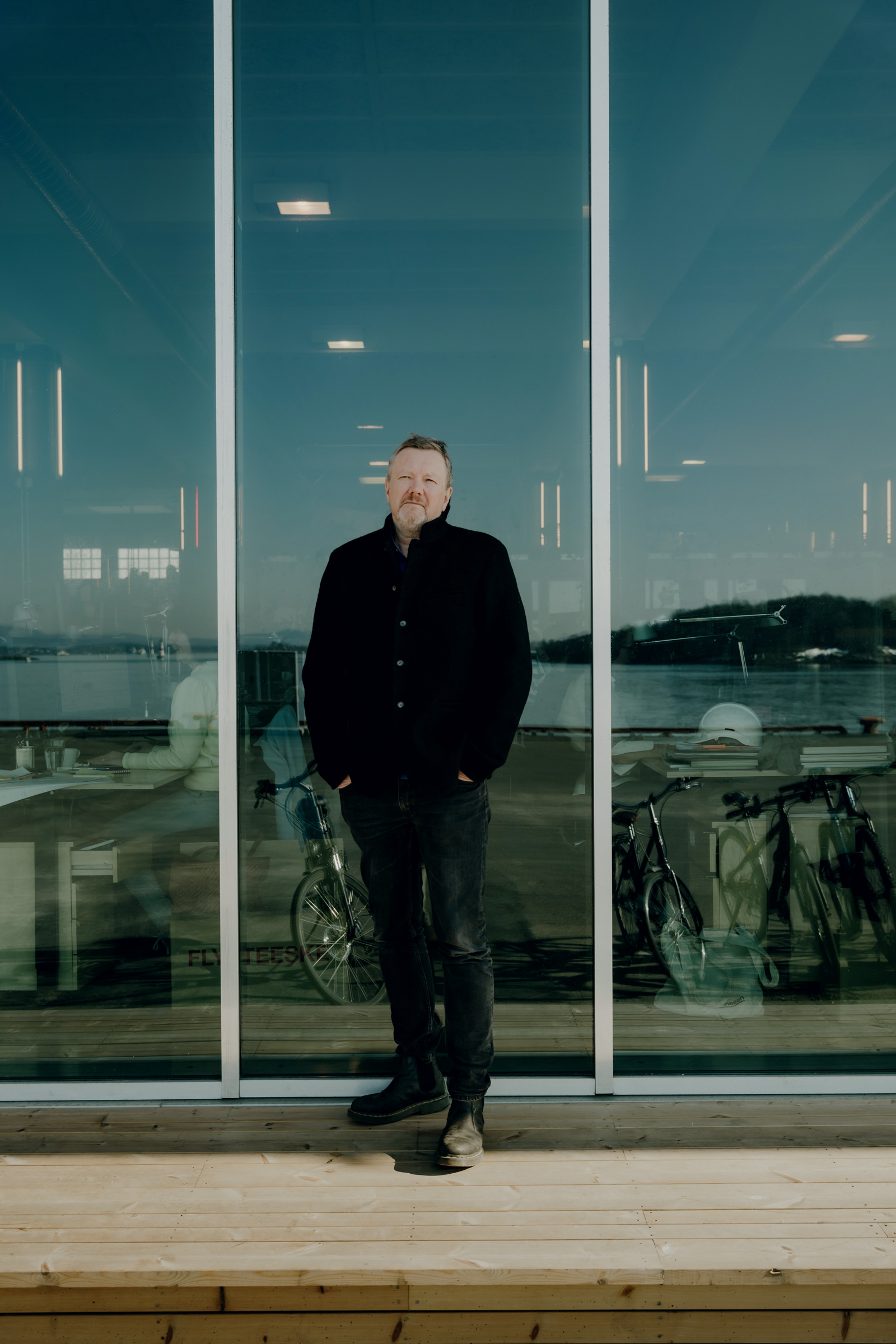
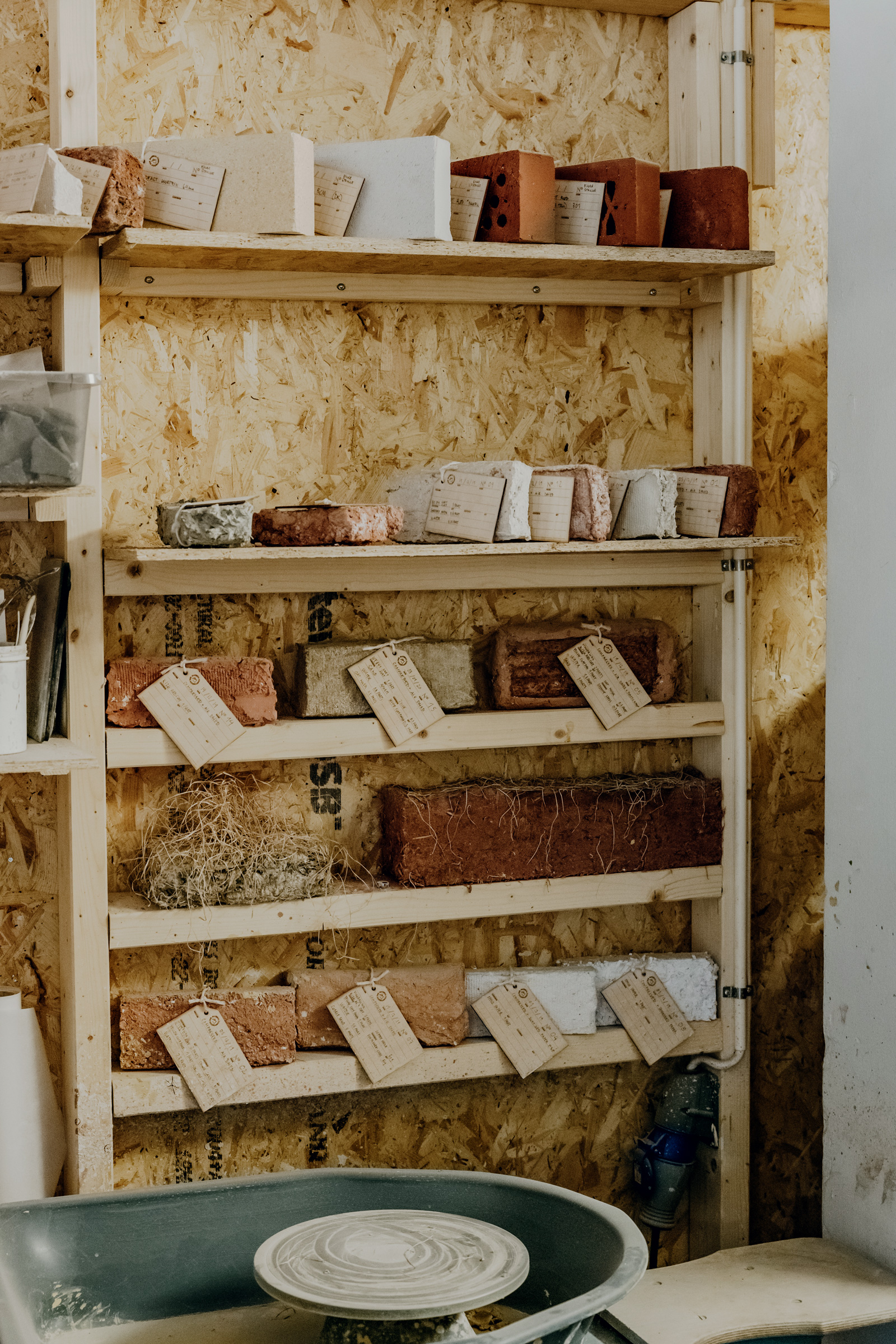
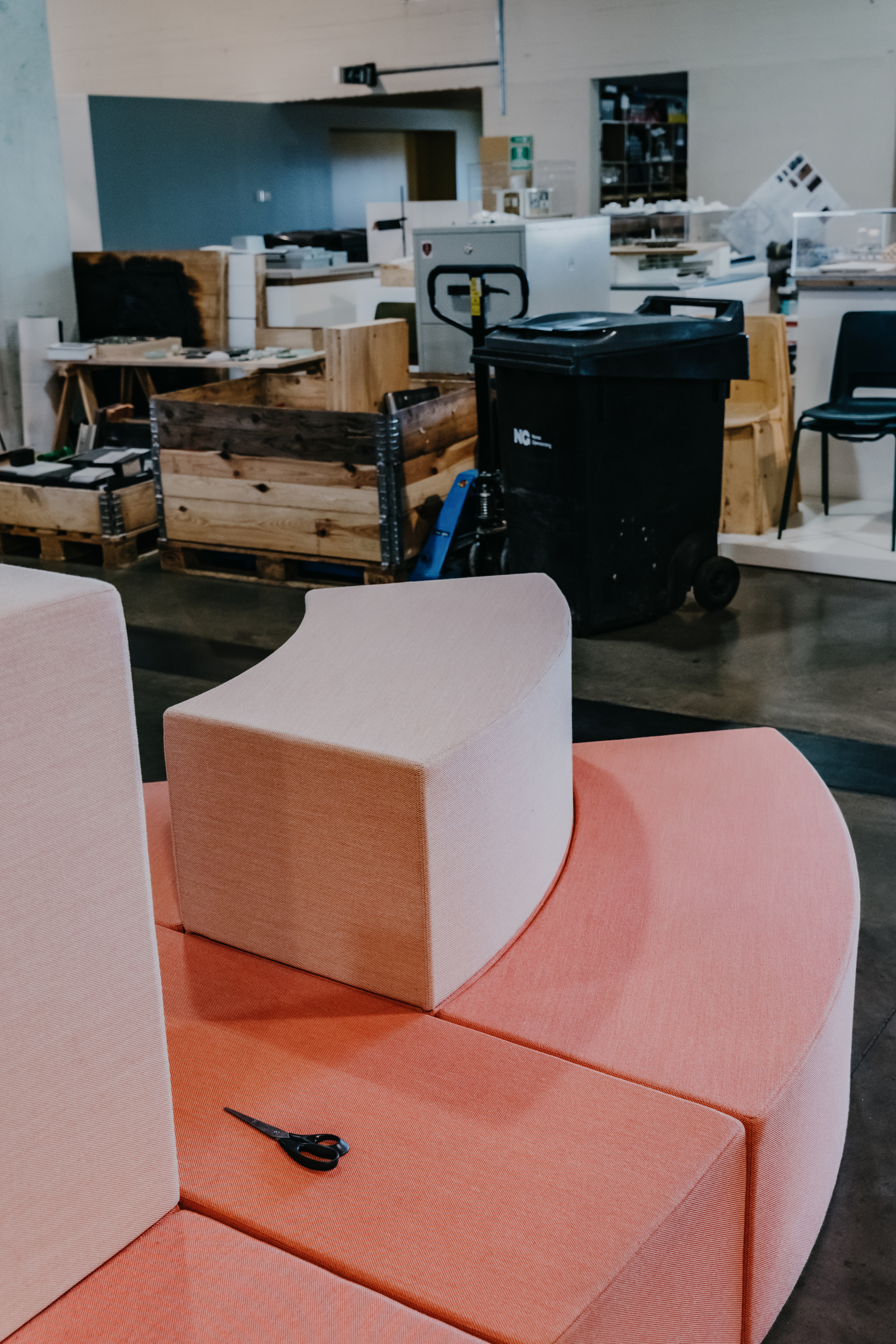
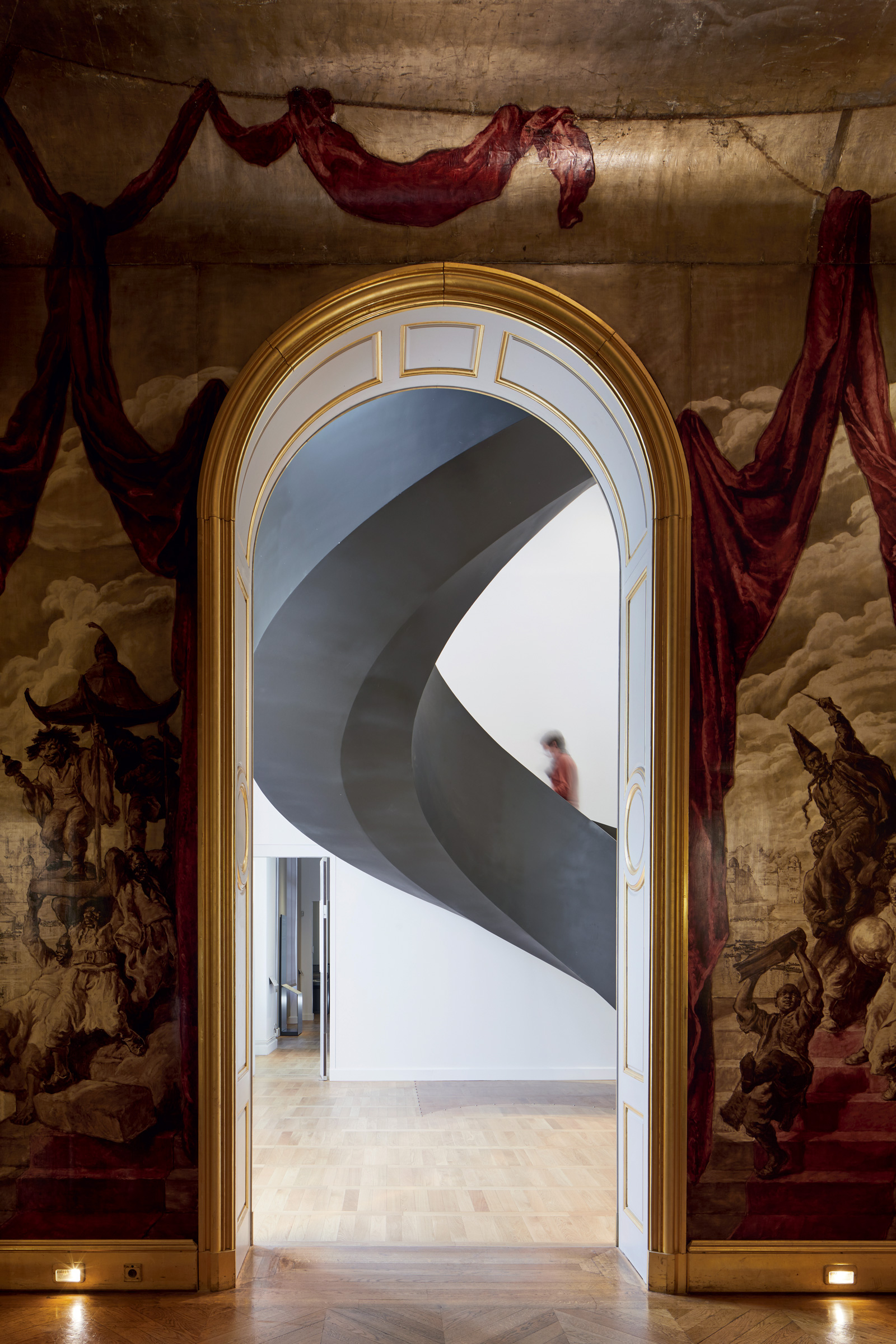
Kjetil’s excitement and sincerity carries through our conversation as he cracks jokes and makes me feel welcome. We talk about what books he’s reading—he likes to reread old favorites in his three languages of Norwegian, English, and German, and right now he’s revisiting the surreal novel The Third Policeman by Flann O’Brien, a story he calls a mix of love, crime, and science fiction. “I love it because it’s all visual.” Kjetil is more than giving of his time, blocking off a large chunk of the day for me, just in case. I’m offered lunch not once but three times, and I’m introduced to Snøhetta newcomers and veterans alike—some have been there since day one in the ’80s.
Even though I’m meeting Kjetil in Oslo, his mind is focused on Snøhetta’s newest office in Paris. Generally when a new Snøhetta HQ opens anywhere in the world, Kjetil likes to be physically present as much as possible. “It’s not that the offices aren’t doing well without me, but I like to be part of it,” he says, citing the “startup” feel. “It’s like 1989 again when there are 10 people and small teams and everything is hands-on. You go to dinner together every night.” Those social elements are important, he says, though harder the larger teams grow. “At a certain point you can’t go out to dinner with everyone every night.”
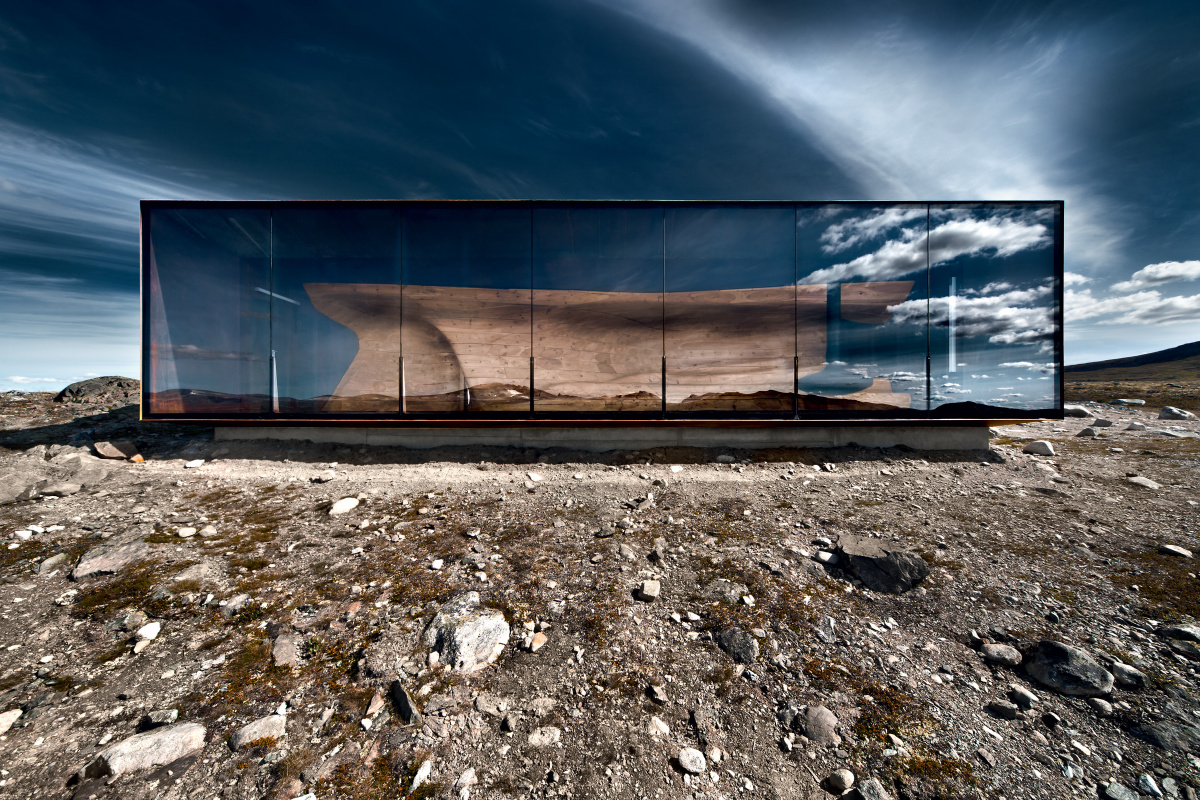
The Norwegian Wild Reindeer Centre Pavilion on the outskirts of Dovrefjell National Park overlooks the mountain Snøhetta. Courtesy of Snøhetta
As though if on cue, all 100+ employees in the Oslo office make their way from their desks to the kitchen for a group lunch. It’s clear this is not for show; they do this every day, sitting together, laughing, and catching up. It’s like a scene from a college cafeteria—if your college was full of effortlessly chic designers and architects from all over the world. In the center of the studio, 720 ceramic cats dangle from the ceiling overhead. Hanging them was kind of a joke, the architect responsible tells me, but they remain three years later, next to a large disco ball as soon as you walk in the door. The office is that kind of vibe.
Hosting in-studio parties and lectures, “keeping the lunch table alive,” and planning team hikes to Dovrefjell (where you’ll find the firm’s namesake Snøhetta mountain) are what you sign up for when you work at Snøhetta. “Your profession becomes part of your life in a way,” Kjetil says. “It’s not necessarily 8 to 4.”
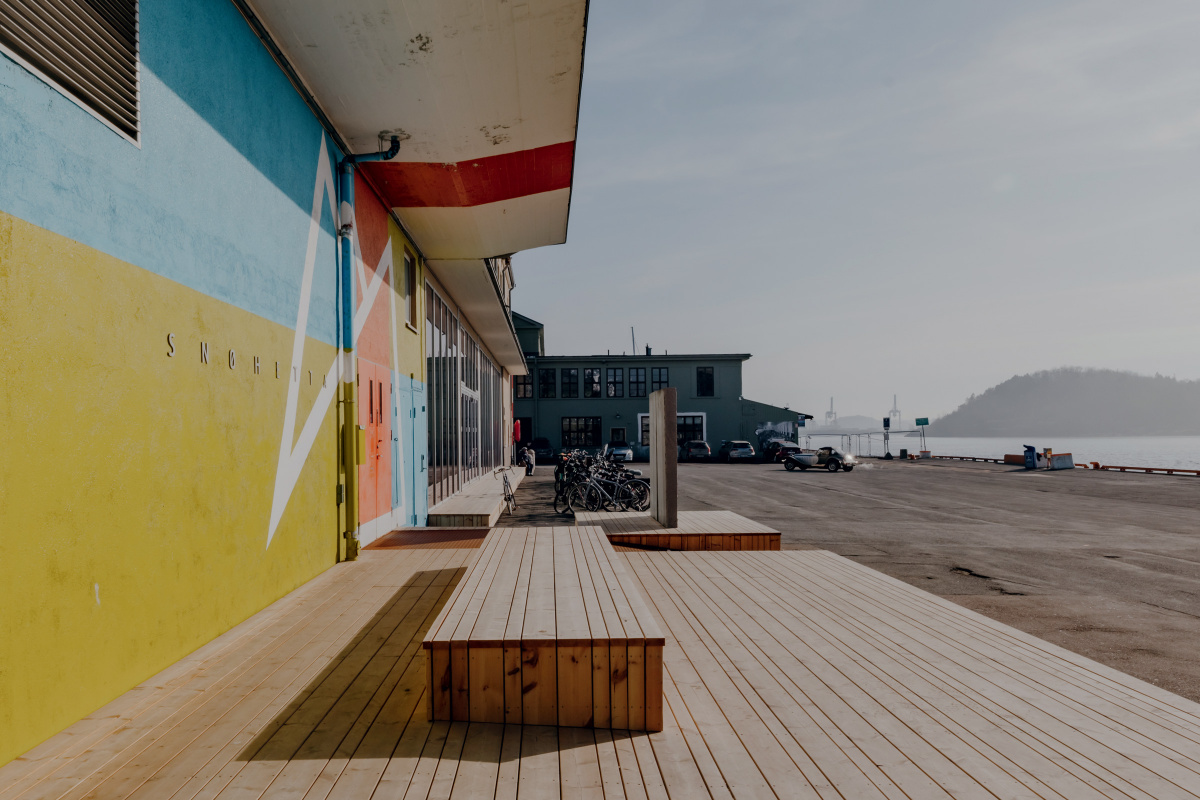
Photo by Ilja Hendel
- Photo by Ilja Hendel
- The curved mobile furniture solution is a collaboration between Snøhetta Design and +Halle called Summit. Photo by Ilja Hendel
I ask Kjetil more about the office culture—one in which he doesn’t even have his own office. “I hardly sit at my desk,” he says. But who would want an office behind a closed door when no matter where you sit you have a view of the sea? Even the handful of breakout conference rooms are glass so as not to obstruct the view. So instead Kjetil bops about from desk to desk, stopping to sit with different colleagues and work through projects. He jokes that he takes more steps in the office than he does when he’s out skiing (and he loves skiing—that and deep-sea fishing off the West Coast of Norway with his brother are his passions beyond architecture and design).
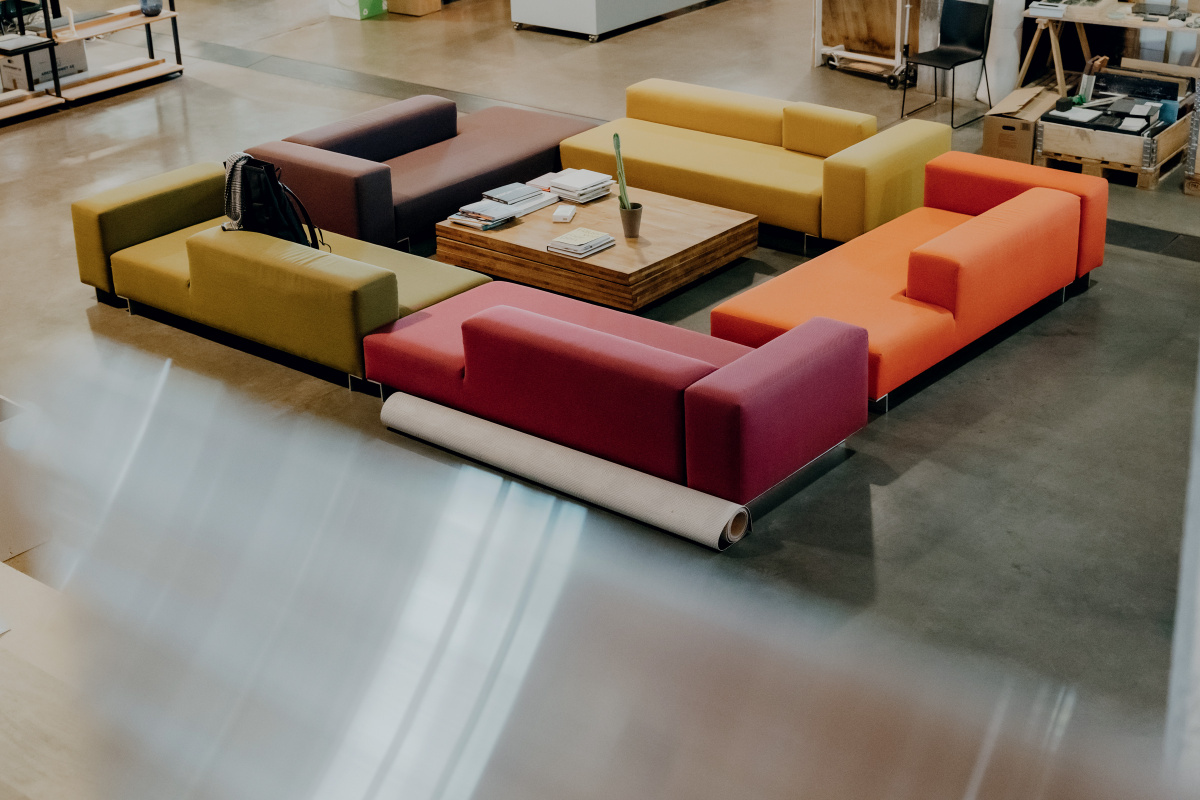
Two of Snøhetta’s interior designers designed these couches, created for an interior project for the Oslo National Academy of Arts. One set of couches now lives in Oslo, and one set at the Snøhetta studio in Innsbruck. Photo by Ilja Hendel
Kjetil loves the openness of the Snøhetta Oslo office, and the seating arrangement ensures employees don’t sit by project group or profession but mix together instead. It’s a nod to the firm’s beginning—a time before computers, when you couldn’t Slack or Zoom. “At that point in time the idea was that anyone could yell out a question into the room, and if someone knew the answer they’d answer. In a way we’ve stayed that way with this big space in Oslo and the collaborative model,” he says.
The firm works across a wide scope of projects, from the in-process 21,300-square-foot 550 Madison Garden and Revitalization project in New York City to the completed 300-square-foot Tverrfjellhytta, a wild reindeer pavilion on the outskirts of Dovrefjell National Park. “We consciously decided very early that different scales of things is what we should be doing,” Kjetil says. He says smaller projects are a great way to train new people and try things out. The firm has also done everything from redesign the Norwegian banknote to reinterpret light as part of Volum, a recent lighting collection with the Italian brand Lodes.
- The Vulkan Beehive was designed for the Mathallen food hall project in Oslo in 2014. Photo by Ilja Hendel
- The Musée Carnavalet in Paris. Snøhetta was commissioned alongside lead architect Chatillon Architectes. Photo by Ilja Hendel
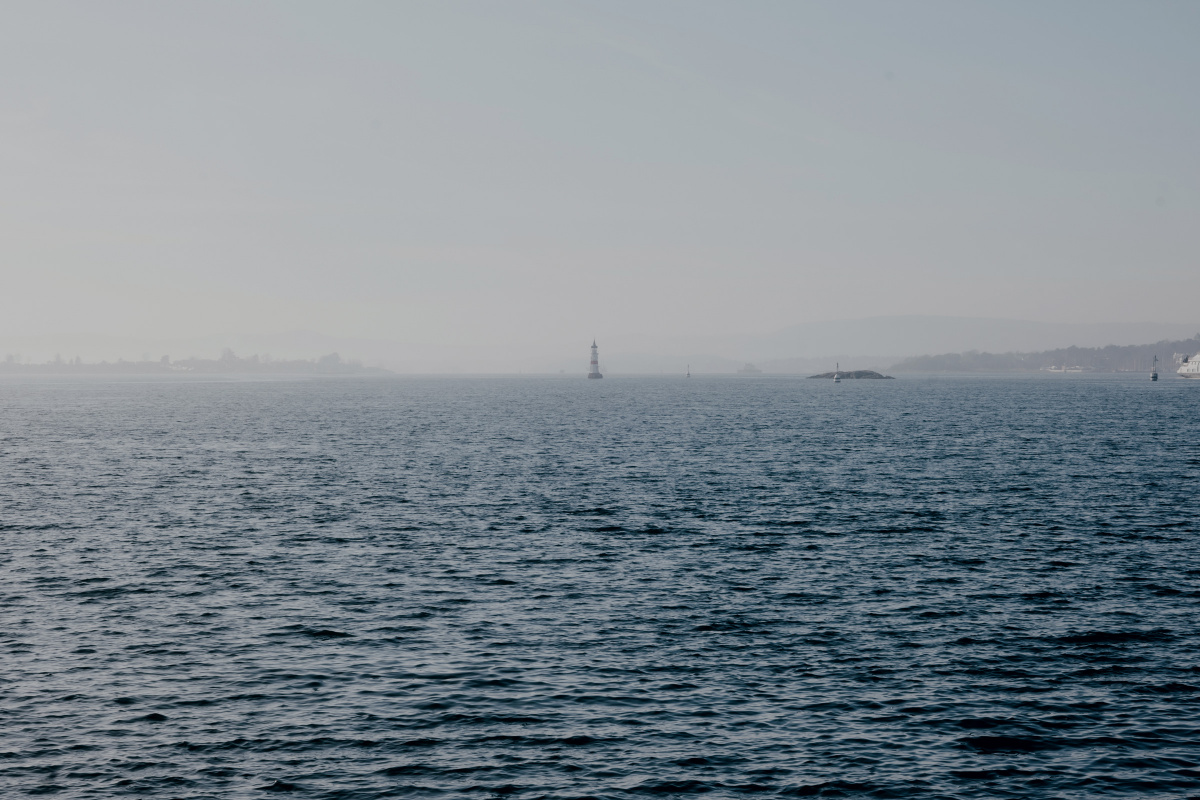
The Snøhetta office looks over the Oslofjord and is visible from most places in the Oslo office. Photo by Ilja Hendel
One large Parisian project has been on Kjetil’s mind a lot lately—a new visitor center next to the only industrial building designed by renowned French-Swiss artist and architect Le Corbusier, the Claude and Duval factory. The building is on the UNESCO World Heritage List. “It’s one of these projects where you feel extraordinarily nervous,” Kjetil says, a Norwegian architect designing a prestigious French building. The team says both the existing factory and new building will be packed with historical, art, design, and engineering gems from Le Corbusier. In addition to presenting the art, history, and work of the Duval factory, the center will play an important role in communicating local craft traditions as a cultural and learning arena.
Kjetil smiles when I ask whether they’ll be opening even more new offices in more cities. “We are, but I can’t tell you about it,” he laughs. It all depends on how some projects evolve, he says. “We have more than 200 projects on the drawing board and well over 50 under production, so it’s a lot of stuff going on around the world.”
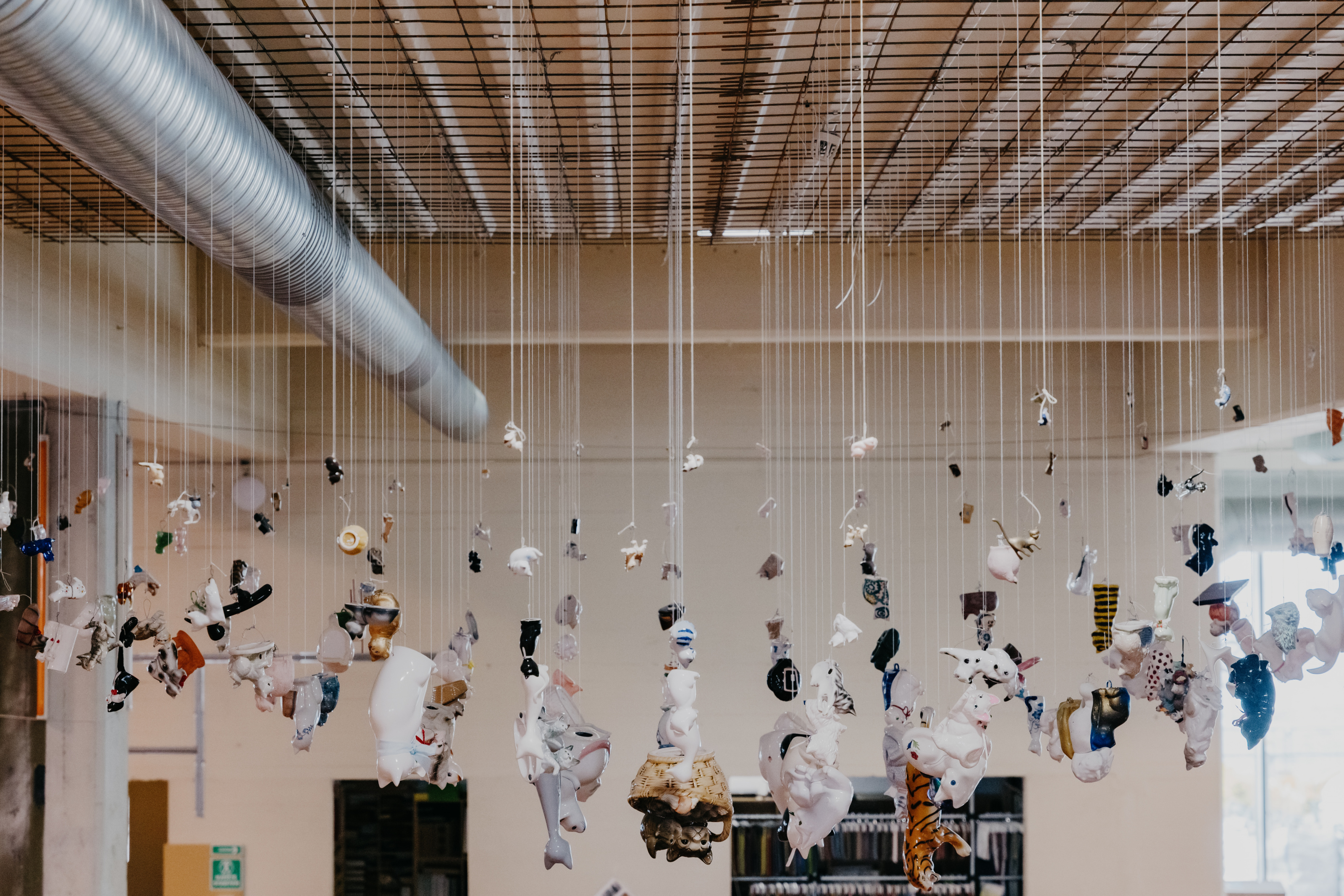
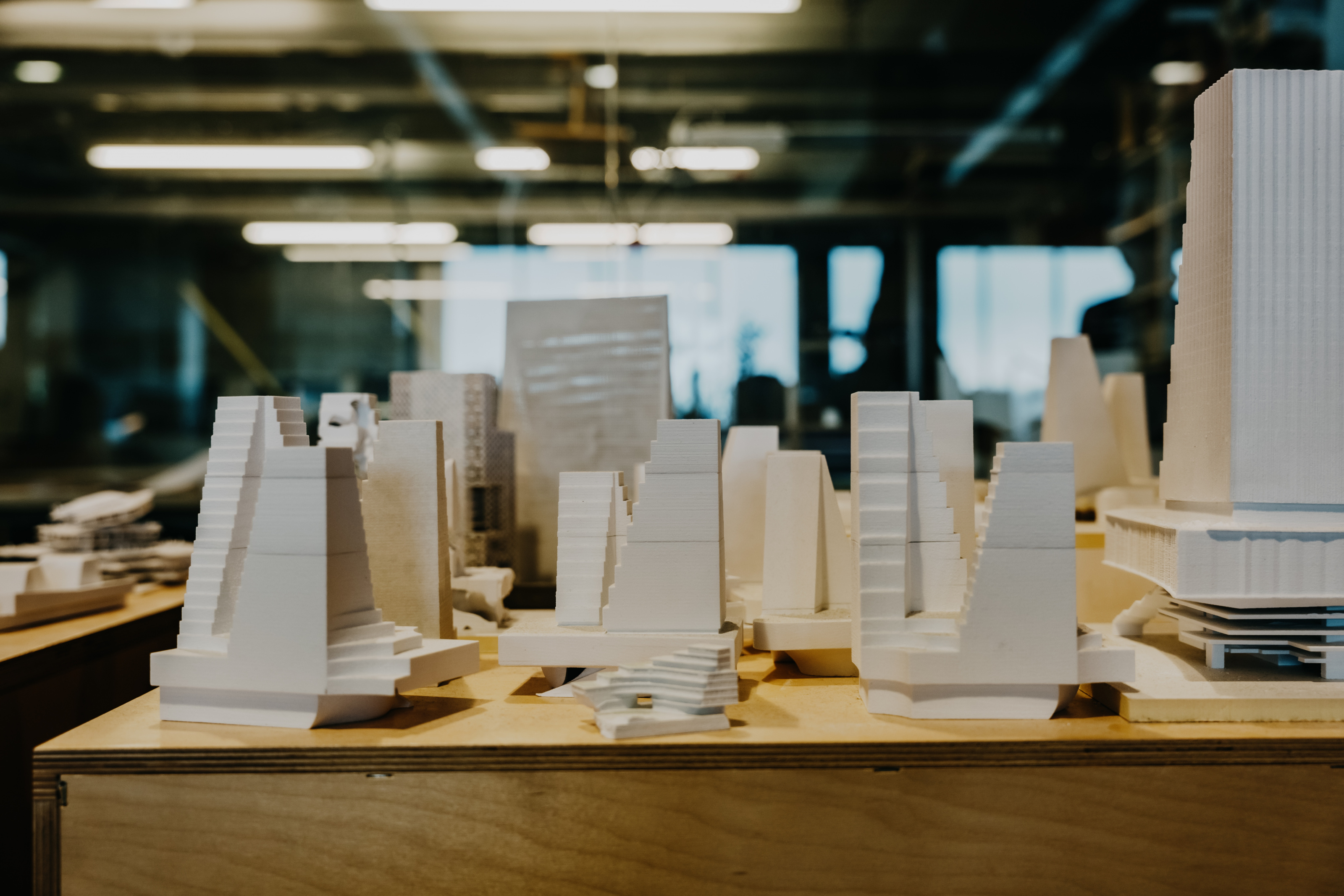
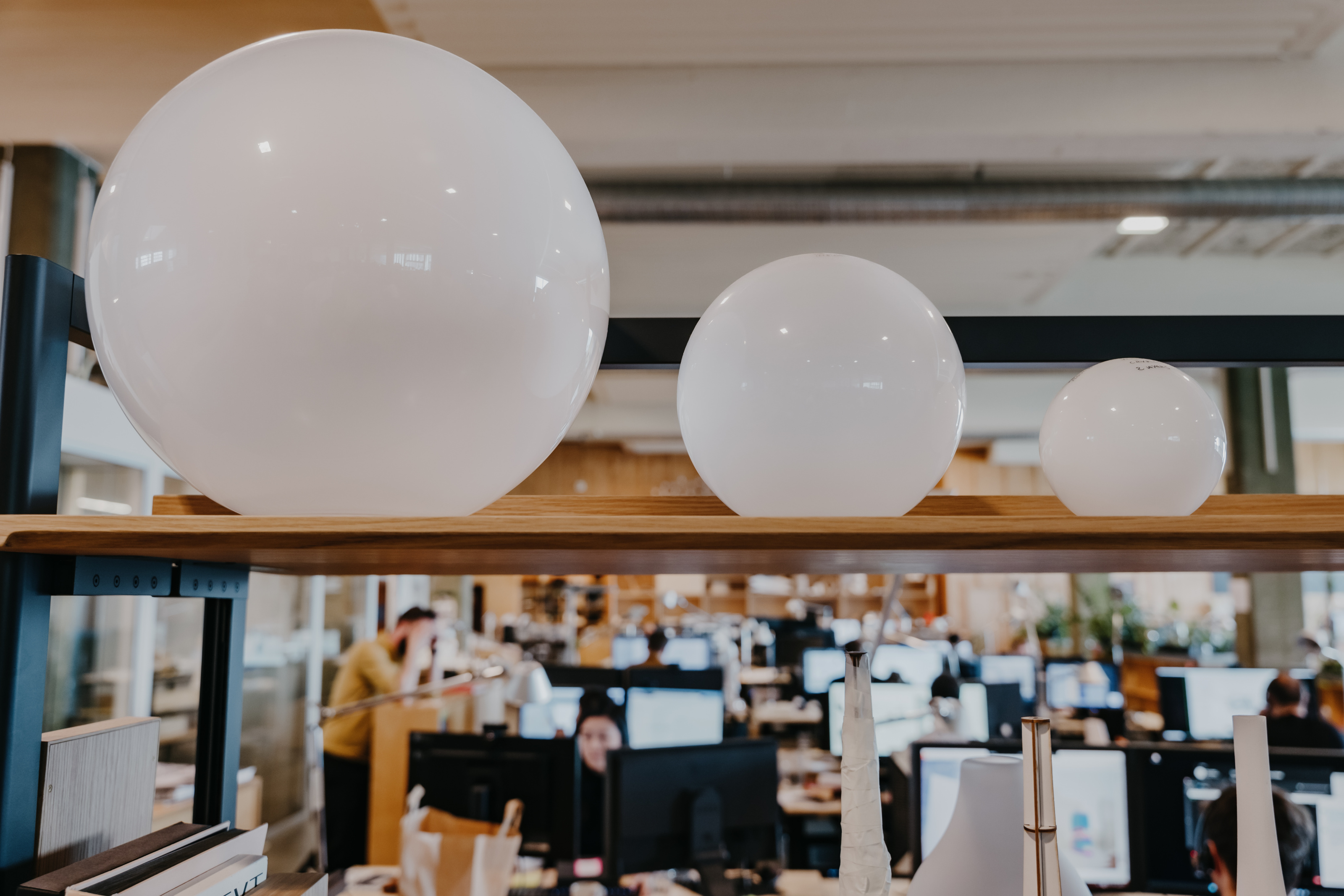
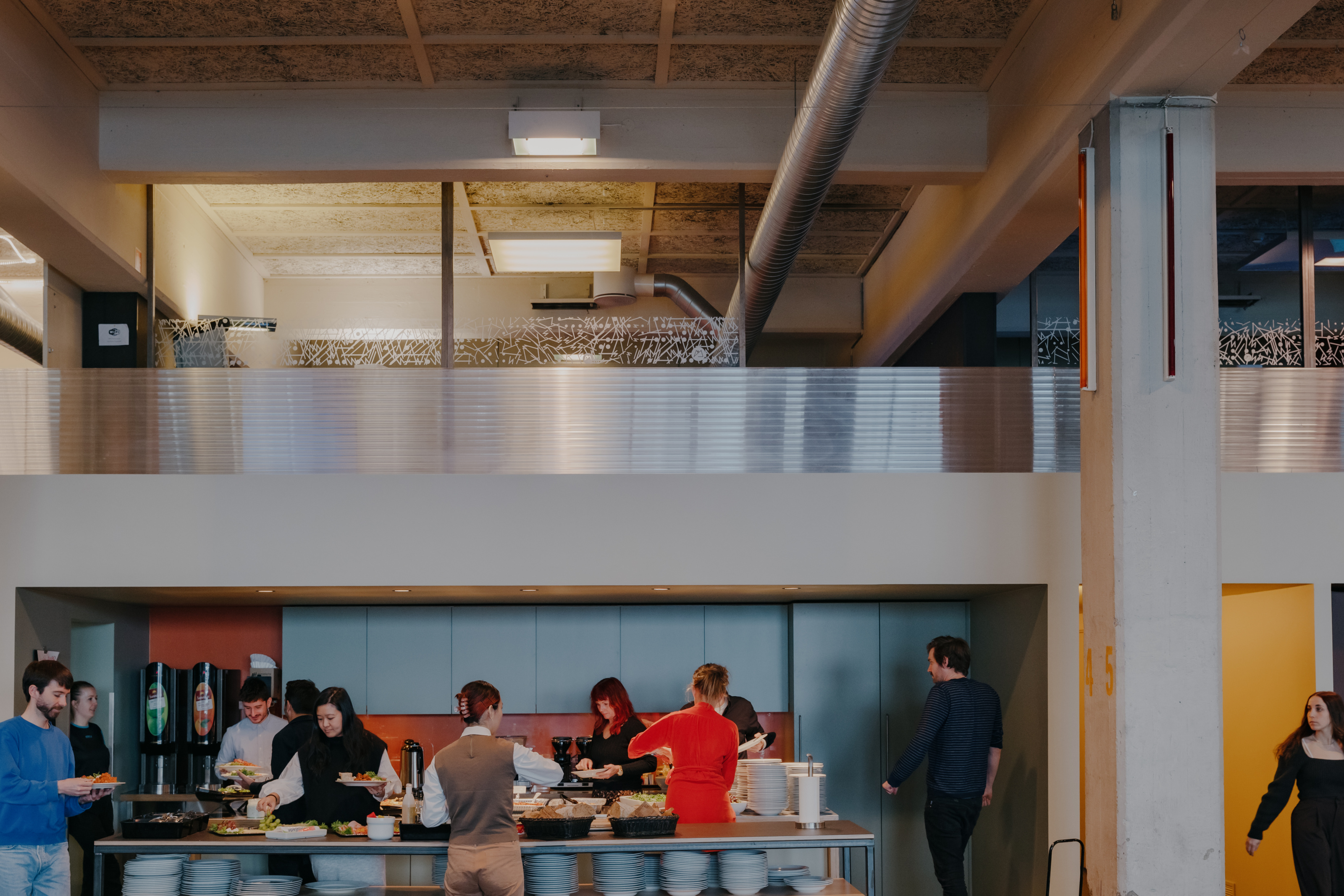
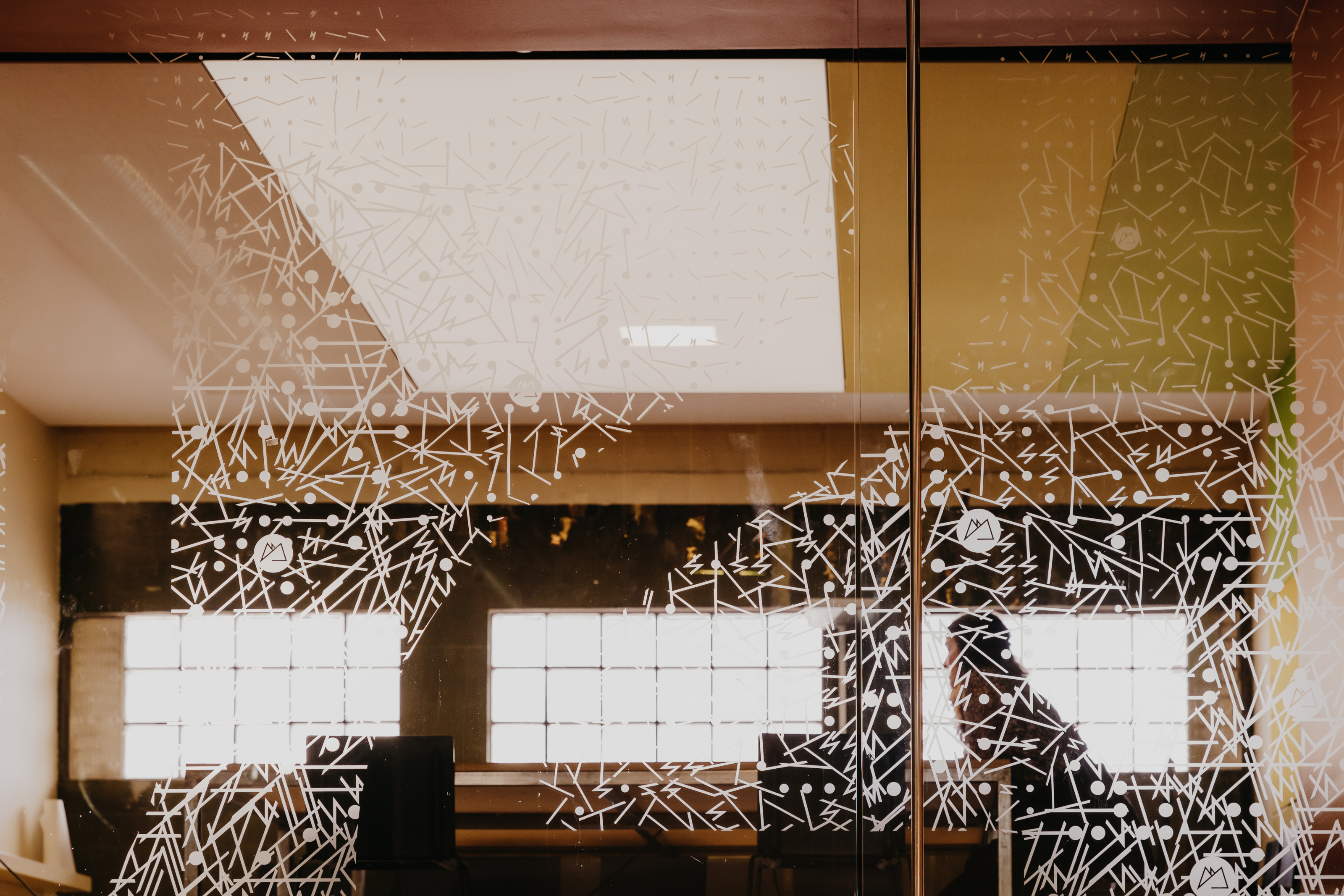
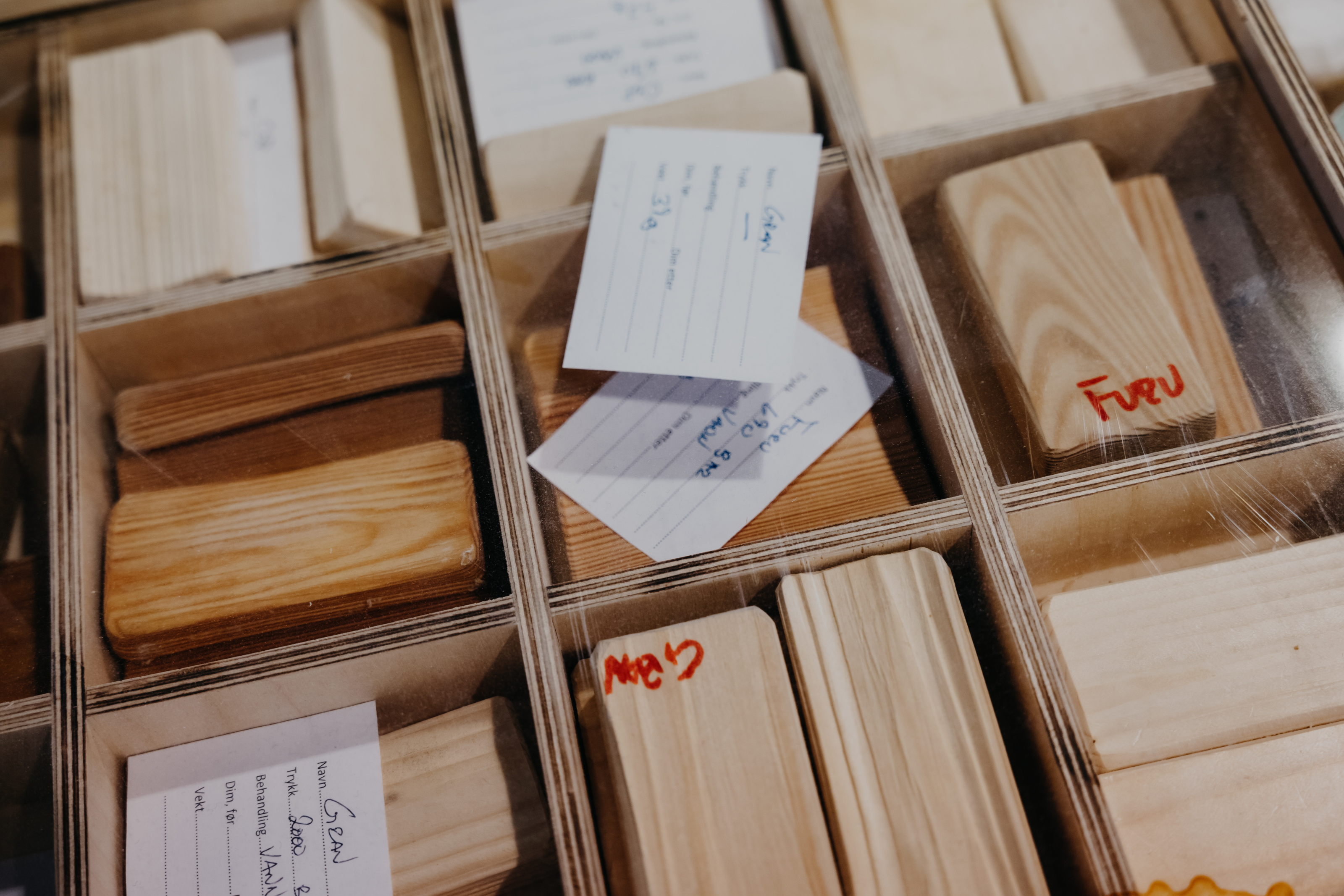
A version of this article originally appeared in Sixtysix Issue 08 with the headline “Kjetil Thorsen.” Subscribe today.
